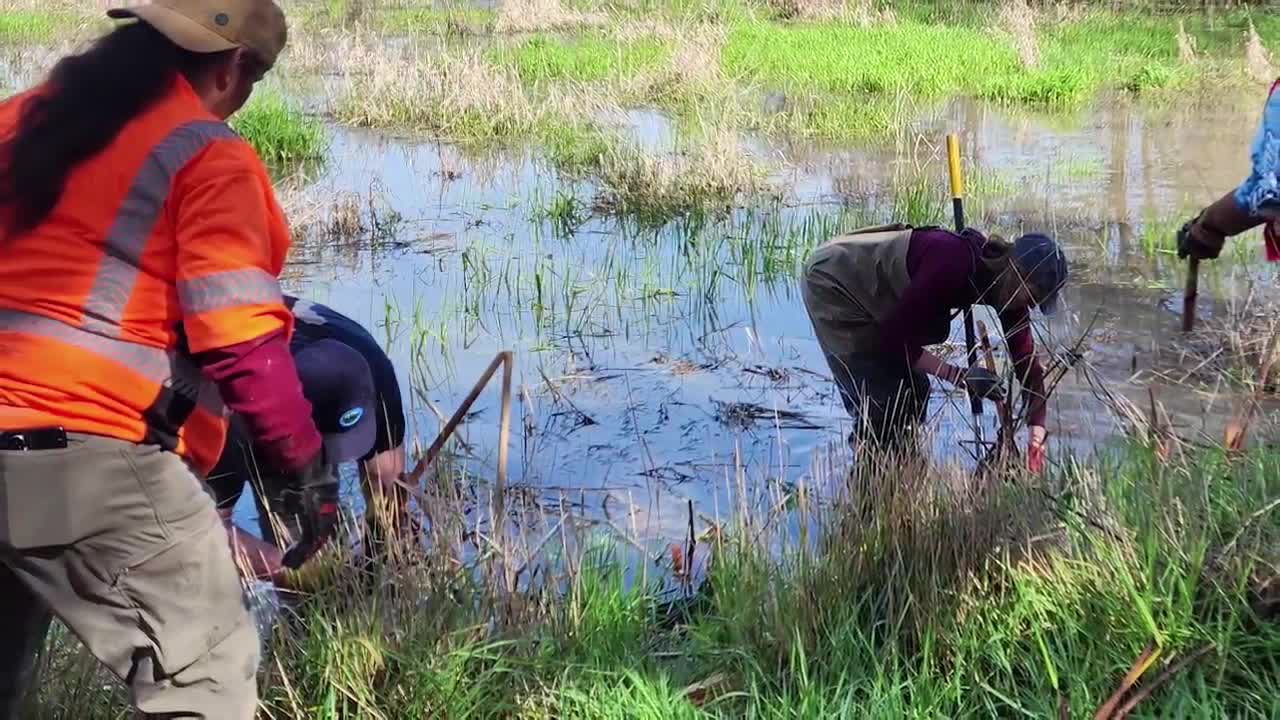Tribe fights for water quality standards to protect traditions
August 17, 2024 | Events, Lake County, California
This article was created by AI summarizing key points discussed. AI makes mistakes, so for full details and context, please refer to the video of the full meeting. Please report any errors so we can fix them. Report an error »

In a recent government meeting, officials highlighted ongoing efforts to address water quality issues in Clear Lake, particularly concerning the impact of historical mining activities and the need for tailored water quality standards to protect tribal traditional practices.
The Big Valley Environmental Protection Agency (EPA) is actively monitoring herbicide use and water chemistry trends, focusing on cyanobacteria blooms that have raised pH levels in the lake to concerning levels—over 10, well above the safe range of 6.5 to 8.5. This increase poses risks, especially for tribal members, including children, who engage in traditional activities that involve prolonged exposure to the water.
Tribal representatives emphasized the importance of recognizing that traditional uses of the lake differ significantly from recreational activities, which are currently the focus of existing water quality standards. They are advocating for the integration of these unique exposure scenarios into state regulations and cleanup plans, particularly in relation to the Superfund site at the former Sulfur Bank Mercury Mine.
The mine, operational from 1856 to 1957, extracted nearly 10 million pounds of mercury, leaving behind significant contamination that has affected local communities and ecosystems. The EPA has initiated multiple emergency cleanup actions and recently signed a record of decision to formalize the cleanup strategy, which includes consolidating contaminated waste and preventing further mercury release into Clear Lake.
Officials noted that Clear Lake is not alone in facing fish consumption advisories due to mercury contamination; approximately half of California's freshwater bodies are similarly affected. The meeting underscored the need for continued collaboration among agencies, including the U.S. Geological Survey, to ensure effective cleanup and protection of both the environment and tribal cultural practices.
The Big Valley Environmental Protection Agency (EPA) is actively monitoring herbicide use and water chemistry trends, focusing on cyanobacteria blooms that have raised pH levels in the lake to concerning levels—over 10, well above the safe range of 6.5 to 8.5. This increase poses risks, especially for tribal members, including children, who engage in traditional activities that involve prolonged exposure to the water.
Tribal representatives emphasized the importance of recognizing that traditional uses of the lake differ significantly from recreational activities, which are currently the focus of existing water quality standards. They are advocating for the integration of these unique exposure scenarios into state regulations and cleanup plans, particularly in relation to the Superfund site at the former Sulfur Bank Mercury Mine.
The mine, operational from 1856 to 1957, extracted nearly 10 million pounds of mercury, leaving behind significant contamination that has affected local communities and ecosystems. The EPA has initiated multiple emergency cleanup actions and recently signed a record of decision to formalize the cleanup strategy, which includes consolidating contaminated waste and preventing further mercury release into Clear Lake.
Officials noted that Clear Lake is not alone in facing fish consumption advisories due to mercury contamination; approximately half of California's freshwater bodies are similarly affected. The meeting underscored the need for continued collaboration among agencies, including the U.S. Geological Survey, to ensure effective cleanup and protection of both the environment and tribal cultural practices.
View full meeting
This article is based on a recent meeting—watch the full video and explore the complete transcript for deeper insights into the discussion.
View full meeting
